Making your own salad dressing can be revolutionary for your palate and the planet. Here are 4 reasons that you should always make your own at home:
- It helps prevent plastic waste! We can all do our part to keep plastic waste out of our landfills and our oceans. There’s no need to buy a plastic bottle of salad dressing at the store when you can easily whip one up at home!
- It’s way healthier! Store-bought dressings have to try hard to look good on a grocery store shelf and last for a long time, so they’re loaded with artificial preservatives, flavorings, and emulsifiers. They’re also packed with tons of sodium, and a disturbing amount of sugar so you don’t taste the fact that they were made in a factory weeks ago. By making a dressing at home, you control what goes into it.
- It’s cheap, easy and fast! When you realize how basic a salad dressing is (oil, vinegar, and salt will do the trick in a pinch), it’s ludicrous to pay for it at the store. Making a vinaigrette also takes a matter of minutes, tops.
- It tastes way better! Homemade salad dressing is a revelation. You get to control how it tastes, and include your favorite oil, vinegar, spices and herbs. You’ll be amazed at how clean, refreshing, and complex a homemade dressing can taste!
Are you now scratching your head, wondering what you need to do to make a great salad dressing at home? Here are 4 kitchen-tested tips for making better-than-the-store dressing:
- Always start with the vinegar, and only add oil at the last minute. Start your dressing by adding your salt, spices, herbs, and veggies (like garlic) to the vinegar, before you pour in the oil. This is because salt will dissolve in the vinegar, but not the oil, meaning that if you add oil too early, your salt will never evenly distribute throughout your vinaigrette. Vinegar will also absorb the flavor of garlic and herbs in a way that cold oil cannot.
- Remember 3:1. This is the ideal ratio of oil to vinegar in a salad dressing. So, to make a quick vinaigrette, pour 1 Tbsp of vinegar into a small jar, add a little salt and whatever spices you have kicking around, mix in 3 Tbsp of oil and you’re all set!
- Use mustard to help your oil and vinegar blend. A salad dressing is asking oil and water to get along, when they’re normally standoffish. A little bit (say 1 tsp) of your favorite mustard will play peacemaker and help your vinegar and oil emulsify, chemistry speak for “become friends against all odds.”
- Balance your flavors! Like any sauce, a vinaigrette must contain a balance of salty, sour, sweet, and savory to be delicious. Hits of salt like capers, soy sauce, or miso make any dressing bolder. Sour is much more complex than than plain old vinegar. You can try cider vinegar, rice vinegar, champagne vinegar, or citrus juice. Sweet components like honey, maple syrup, or even a sweeter vinegar, like sherry or balsamic, go a long way in taming the acidity of a vinaigrette. Savory additions like tahini, anchovies, or a little bit of parmesan cheese take any dressing to the next level.

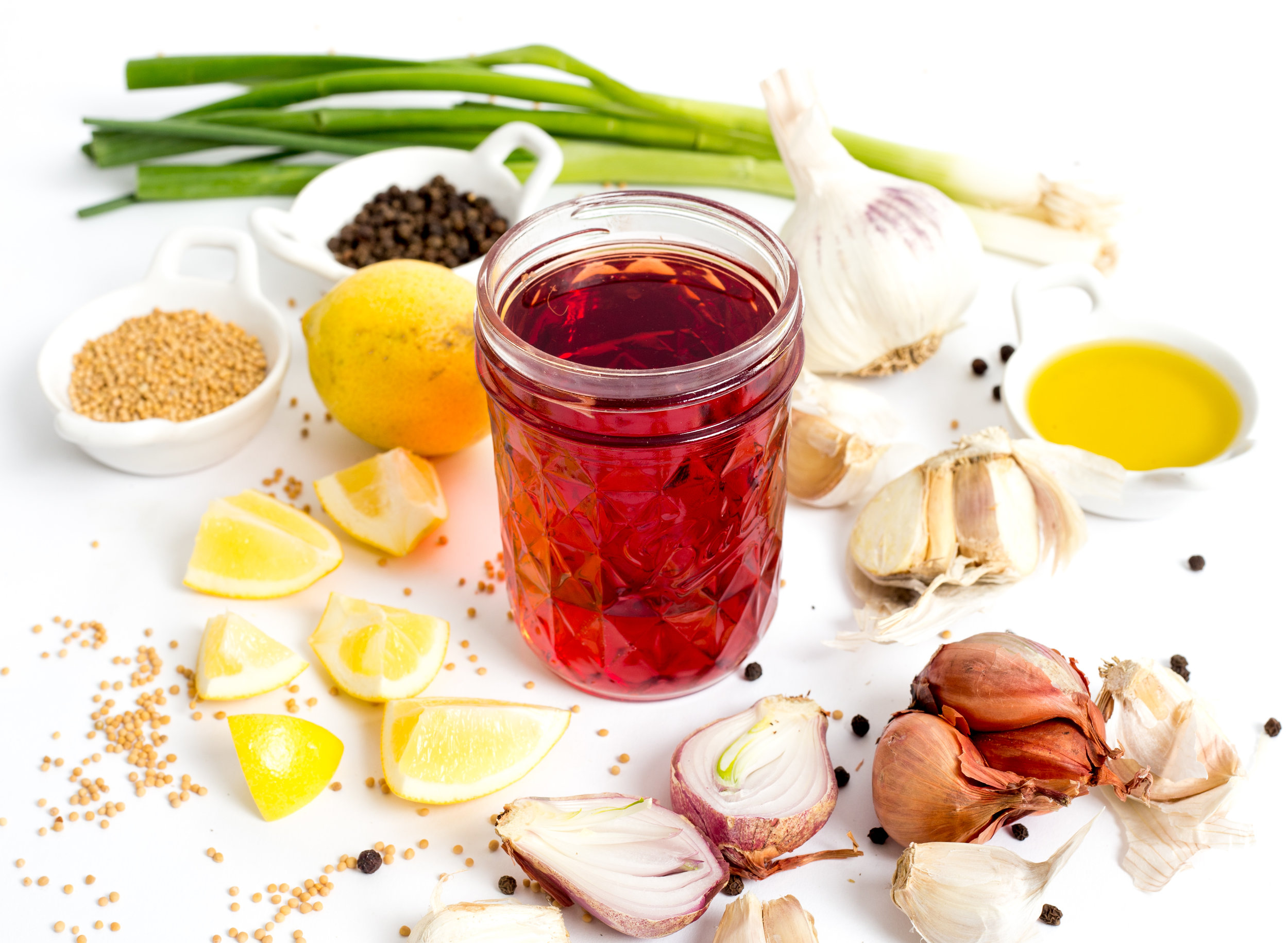


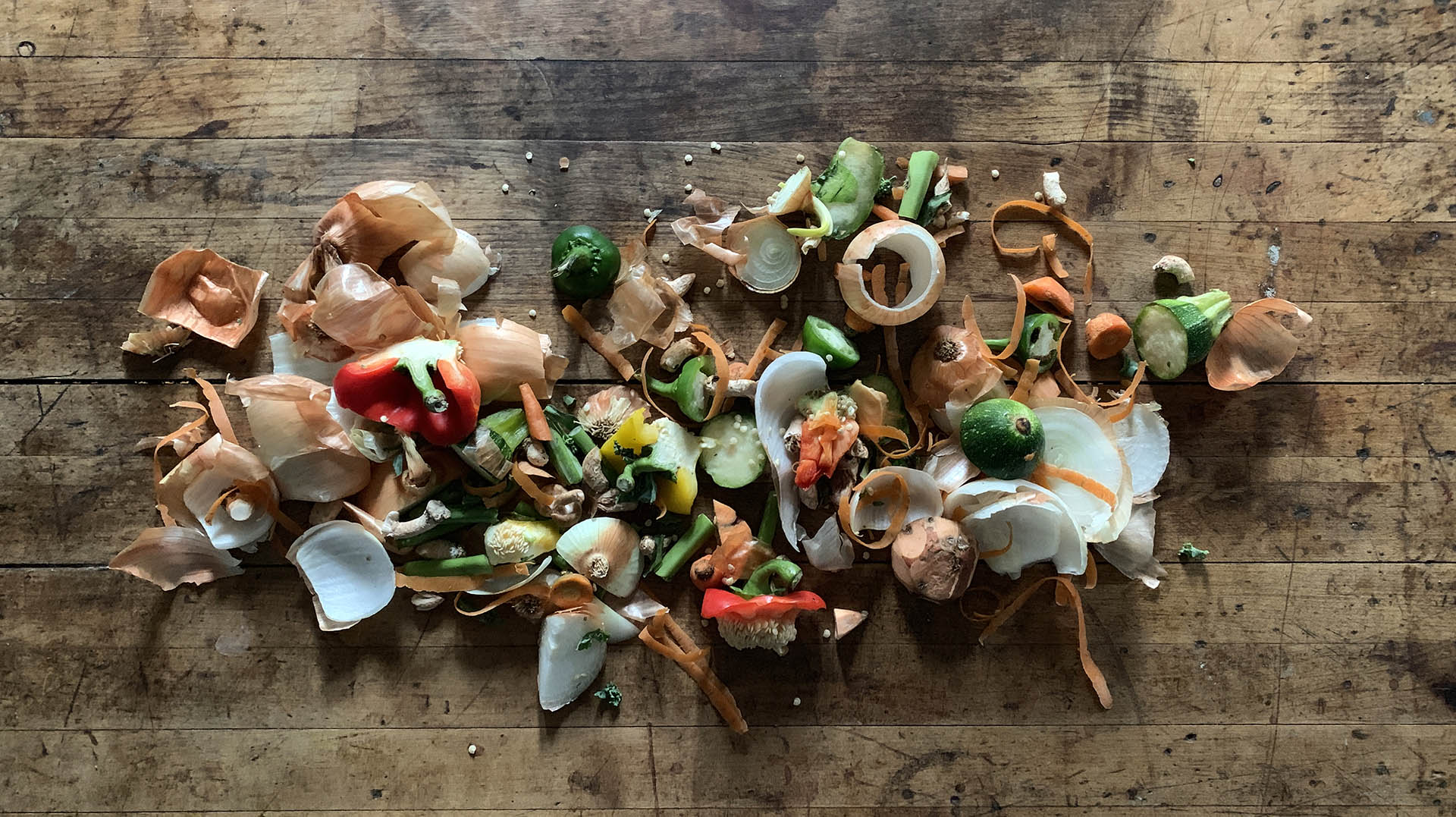
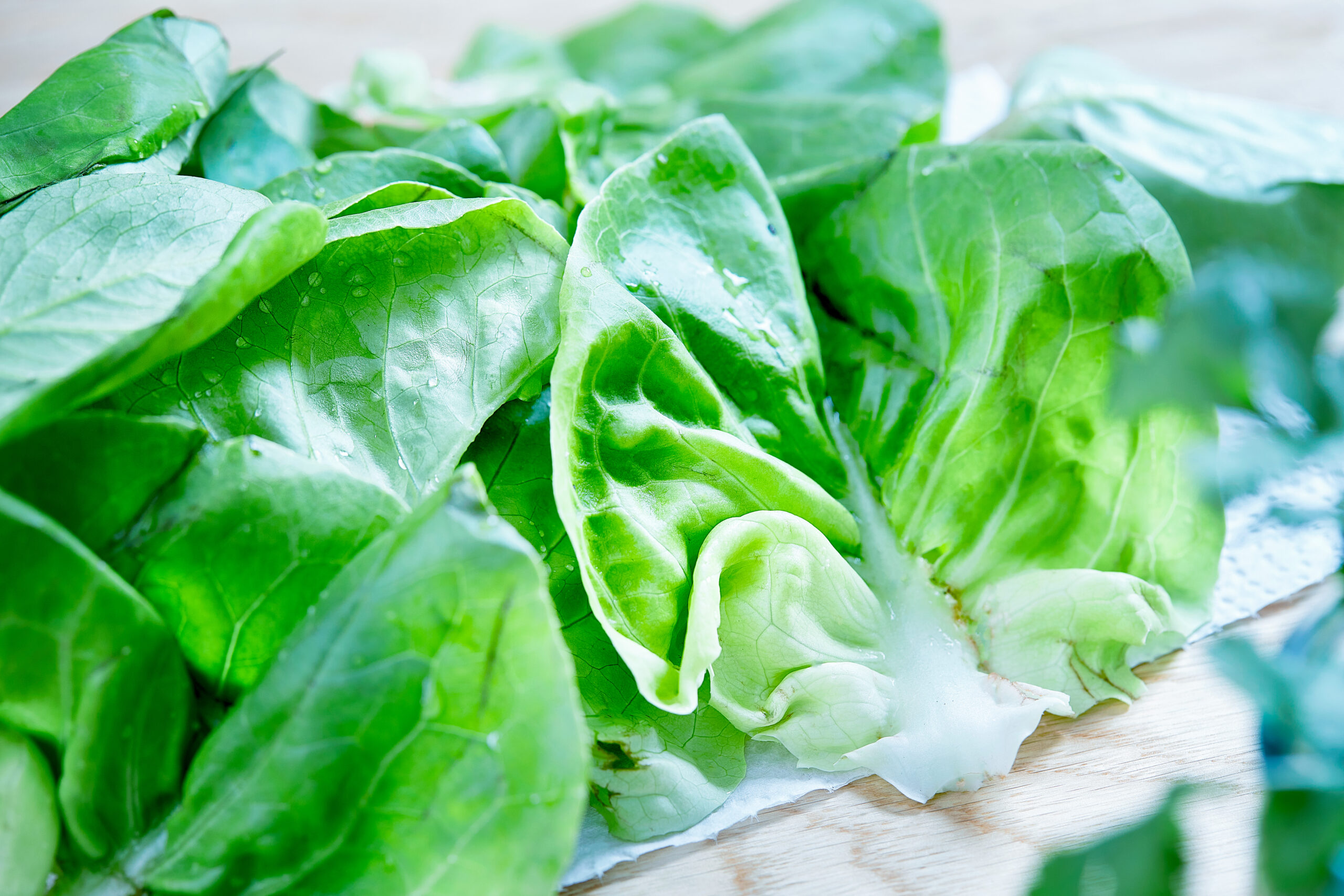
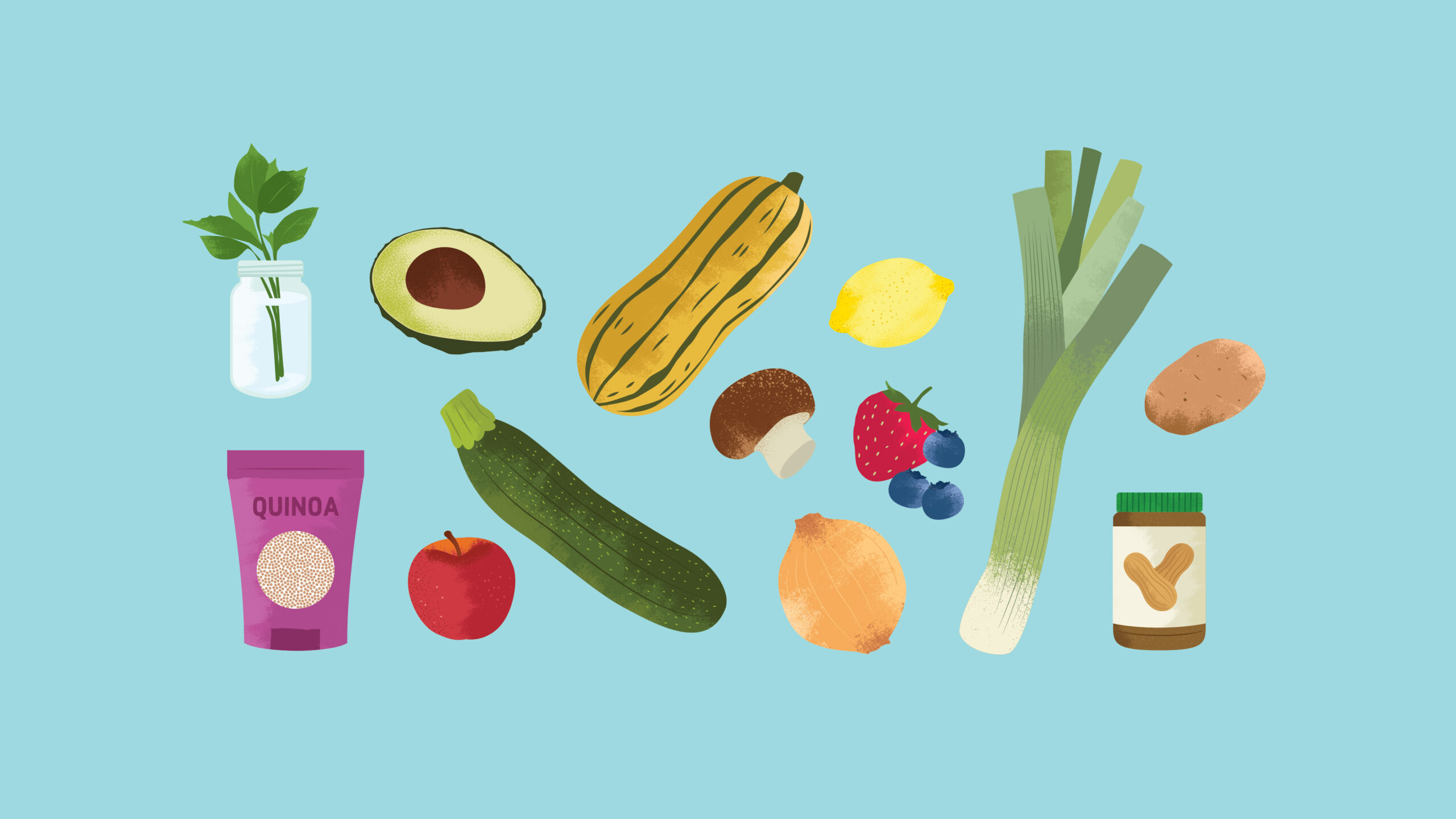

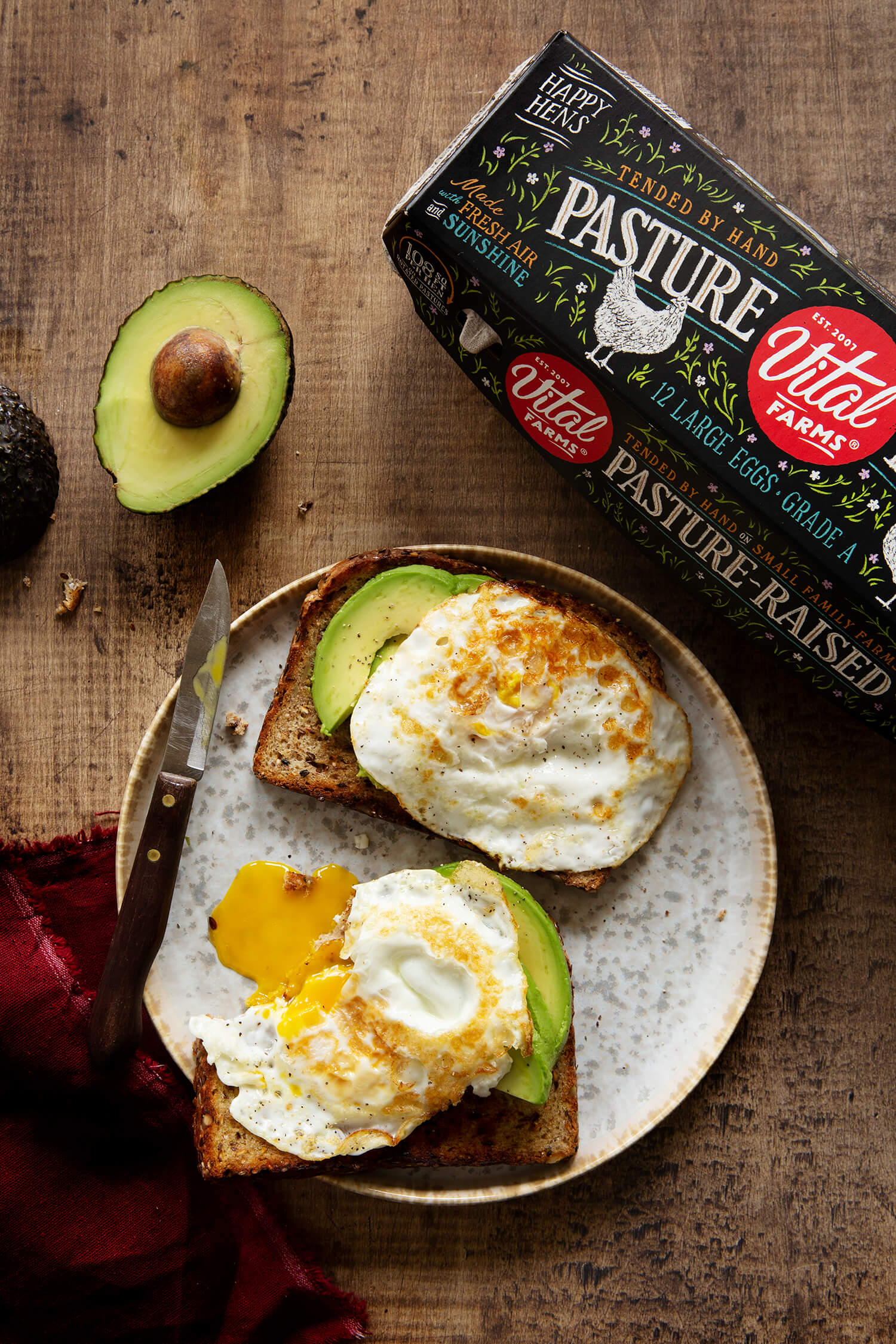

I think there’s a typo in step 2, oil and vinegar are switched in their places. Vinegar + spices should be first per step 1, and I definitely think you meant 3x the oil.
Hey Meredith!
Good catch. We just corrected it. Thanks!
[…] to use it: Since it has an unapologetically bold flavor, we favor EVOO for making salad dressings and drizzling on […]
I would love it if you would develop a SALT-FREE version of “Seasoning for all of the Things”.
Just use the same seasonings and leave out the salt. Nothing else has to be added (NO salt replacers!) Thank you.
This is a good idea! We’ll definitely pass this suggestion along to our team for consideration!
I’m looking for frisée salad
You can try out this frisée salad! While persimmons are out of season, you can substitute them for some tasty mandarins or strawberries! bit.ly/32S4pws